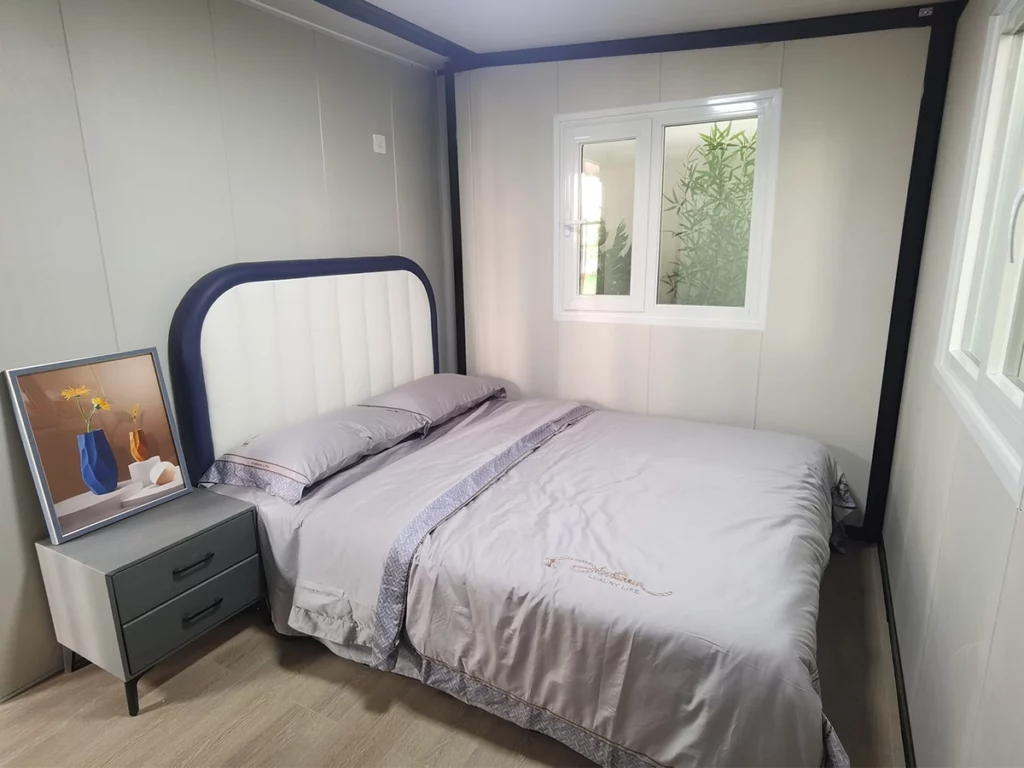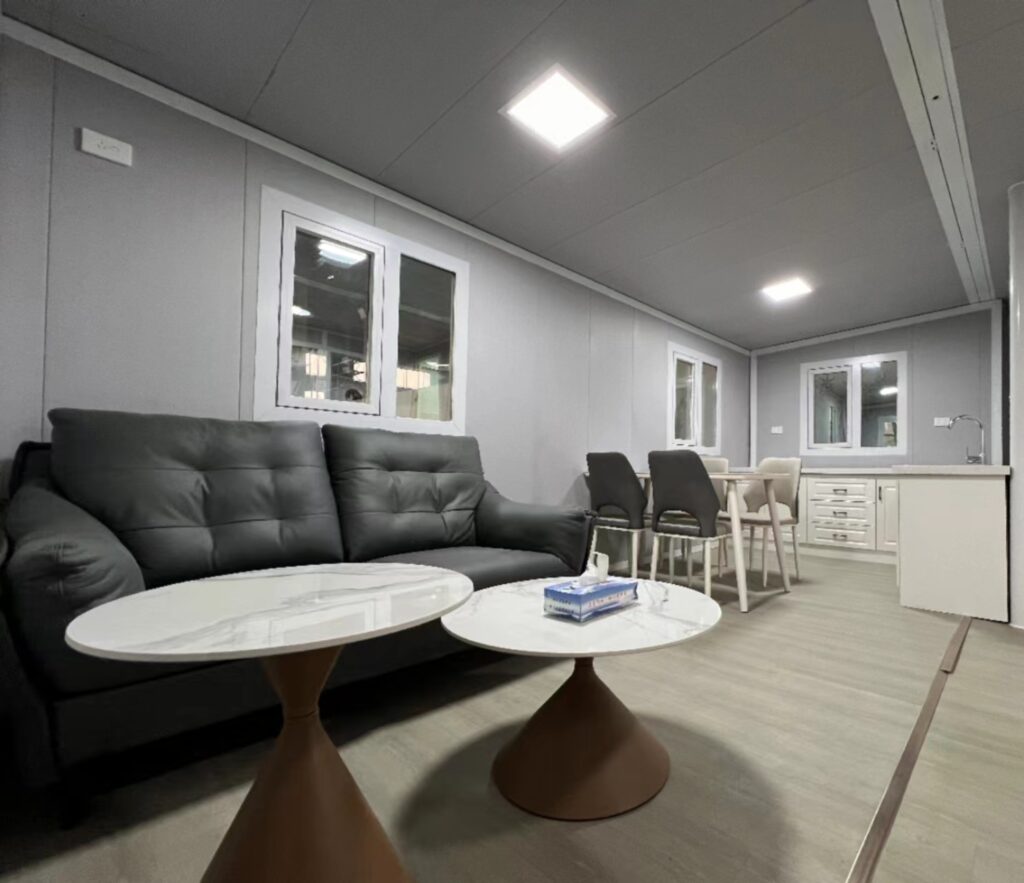In the realm of modern architecture, cost to build a container house is sustainable alternative. This discussion delves into the intricacies of building a container house, shedding light on the various cost components involved.
Breaking Down the Costs:
Container homes offer a promising solution to the perennial challenge of affordable housing. Firstly, the expense associated with acquiring shipping containers is notably lower than traditional building materials.

Acquiring Containers:
Transitioning from traditional bricks and mortar, the acquisition of shipping containers presents a substantial cost advantage. Containers, readily available in global trade, can be procured at a fraction of the cost of conventional building materials.
Modification Costs:
Once in possession of containers, the next cost consideration lies in their modification. Advanced welding techniques and cutting-edge designs may escalate the modification expenses. However, when approached judiciously, these costs can be mitigated without compromising structural integrity.
Foundation Expenses:
Moving beyond the container itself, the foundation is a pivotal aspect of construction. Traditional houses often demand elaborate and costly foundations. Container homes, conversely, can be established on simpler foundations, reducing both time and expenditure.
Construction Labor:
A critical determinant of overall cost is the labor involved in the construction process. Leveraging local skilled labor can be a strategic move, curbing expenses while promoting community involvement.
Energy-Efficiency Investments:
As sustainability gains prominence, integrating energy-efficient technologies becomes imperative. Although this incurs an upfront cost, the long-term savings in energy bills render it a judicious investment.

Permitting and Regulatory Compliance:
Navigating the bureaucratic landscape of permits and compliance is an unavoidable aspect of construction. Despite being a potential bottleneck, a meticulous approach can streamline the process and minimize associated costs.
Economic Viability in the Long Run:
Beyond the initial expenses, container homes exhibit a remarkable cost advantage in the long run. Reduced maintenance, energy efficiency, and adaptability contribute to the economic viability of this innovative housing solution.
In conclusion, cost to build a container house involves a multifaceted consideration of costs. From the procurement of containers to the intricacies of modification and compliance, each facet impacts the financial landscape. However, the judicious handling of these aspects can transform container homes into an economically feasible and sustainable housing solution, heralding a new era in affordable and eco-friendly construction.